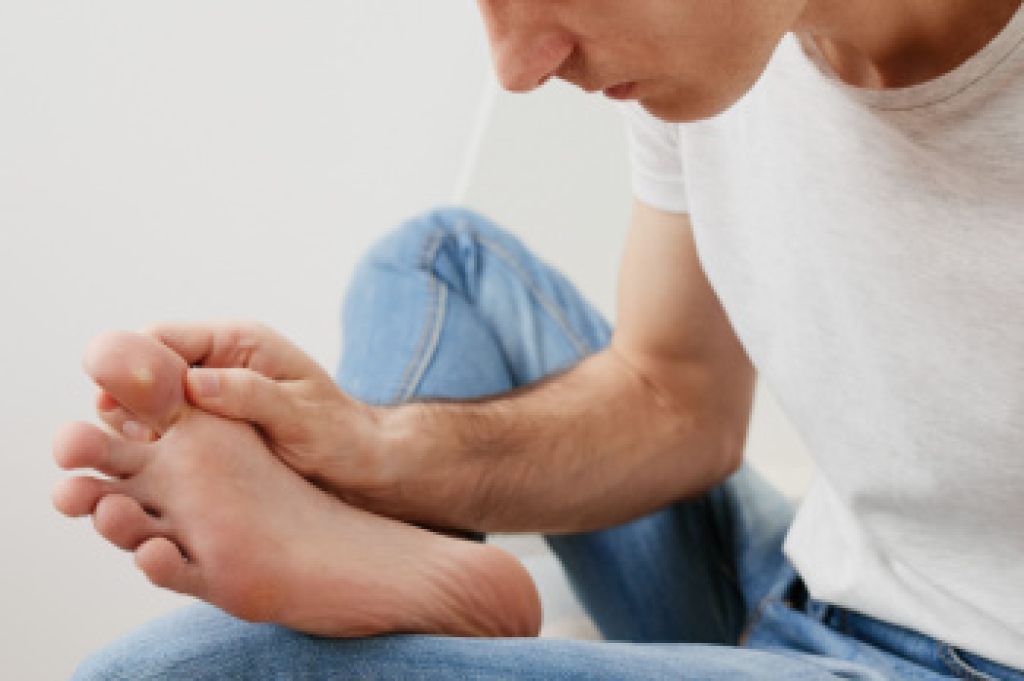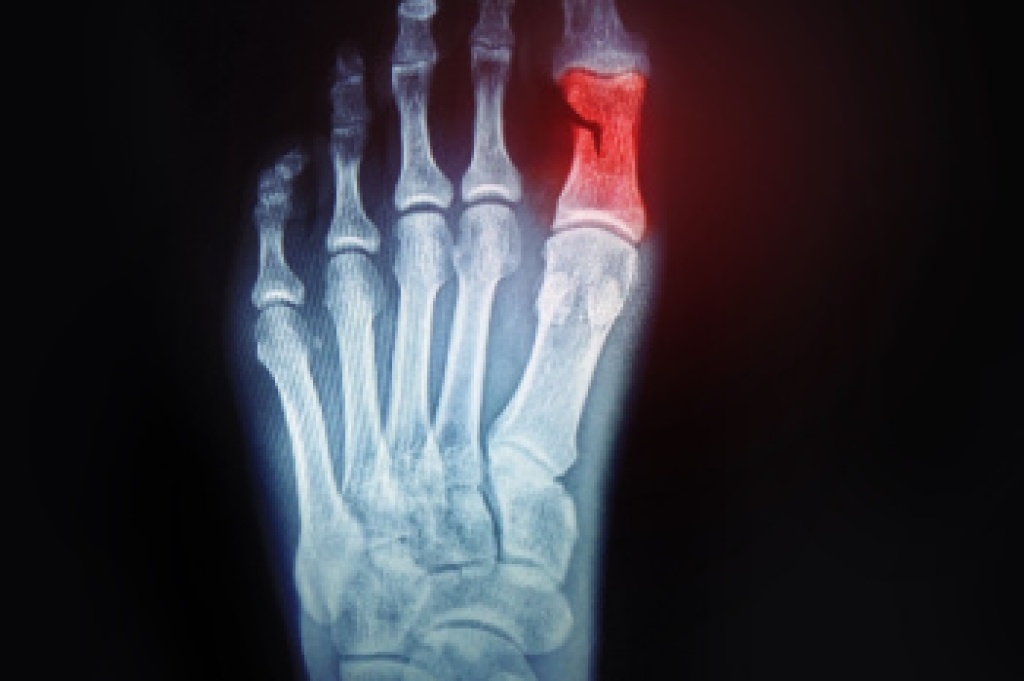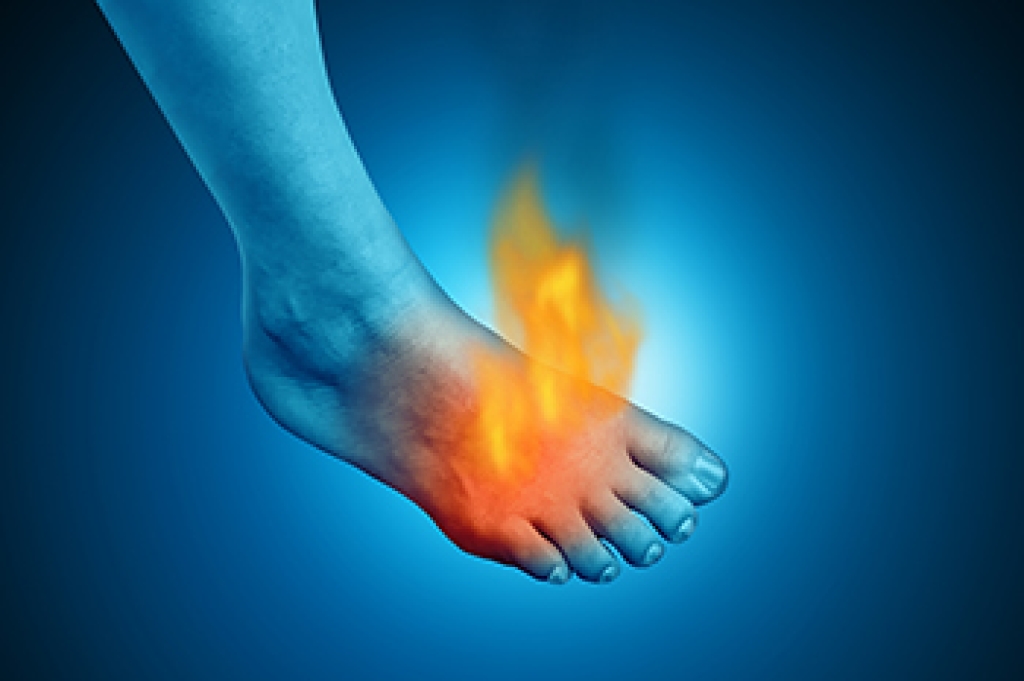
The right shoes can make a major difference in comfort and injury prevention. Running shoes are designed with enhanced cushioning for impact, stability features such as medial posts, and flex grooves in the outsole for natural motion. They are also lightweight to reduce fatigue during longer runs. Walking shoes provide moderate cushioning for shock absorption, promote a healthy foot strike, and offer increased flexibility in the forefoot for smooth steps. Breathability keeps feet comfortable during daily activity. A podiatrist can assess your foot structure and gait to recommend the best shoe for your needs. If you have foot pain from wearing the wrong shoes, it is suggested that you consult a podiatrist who can treat various foot conditions and guide you on the best shoes to wear for the activities you participate in.
For more information about walking shoes versus running shoes, consult with Michele Kraft, DPM from Toes on the Go. Our doctor can measure your feet to determine what your needs are and help you find an appropriate pair of footwear.
Foot Health: The Differences between Walking & Running Shoes
There are great ways to stay in shape: running and walking are two great exercises to a healthy lifestyle. It is important to know that running shoes and walking shoes are not interchangeable. There is a key difference on how the feet hit the ground when someone is running or walking. This is why one should be aware that a shoe is designed differently for each activity.
You may be asking yourself what the real differences are between walking and running shoes and the answers may shock you.
Differences
Walking doesn’t involve as much stress or impact on the feet as running does. However, this doesn’t mean that you should be any less prepared. When you’re walking, you land on your heels and have your foot roll forward. This rolling motion requires additional support to the feet.
Flexibility – Walking shoes are designed to have soft, flexible soles. This allows the walker to push off easily with each step.
If you have any questions, please feel free to contact our office located in Carmel, CA . We offer the newest diagnostic and treatment technologies for all your foot care needs.




